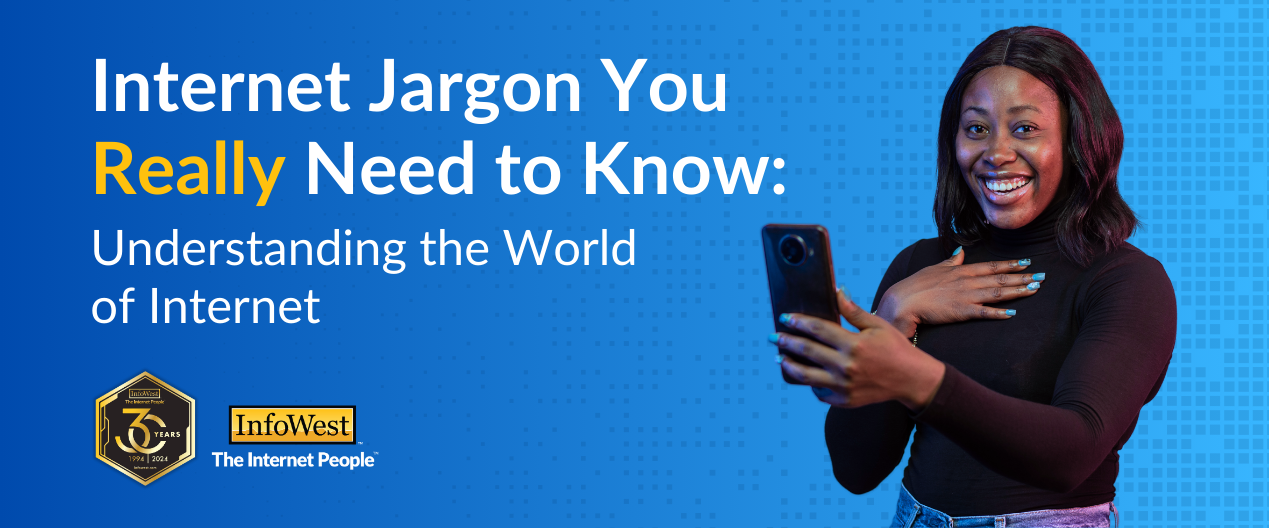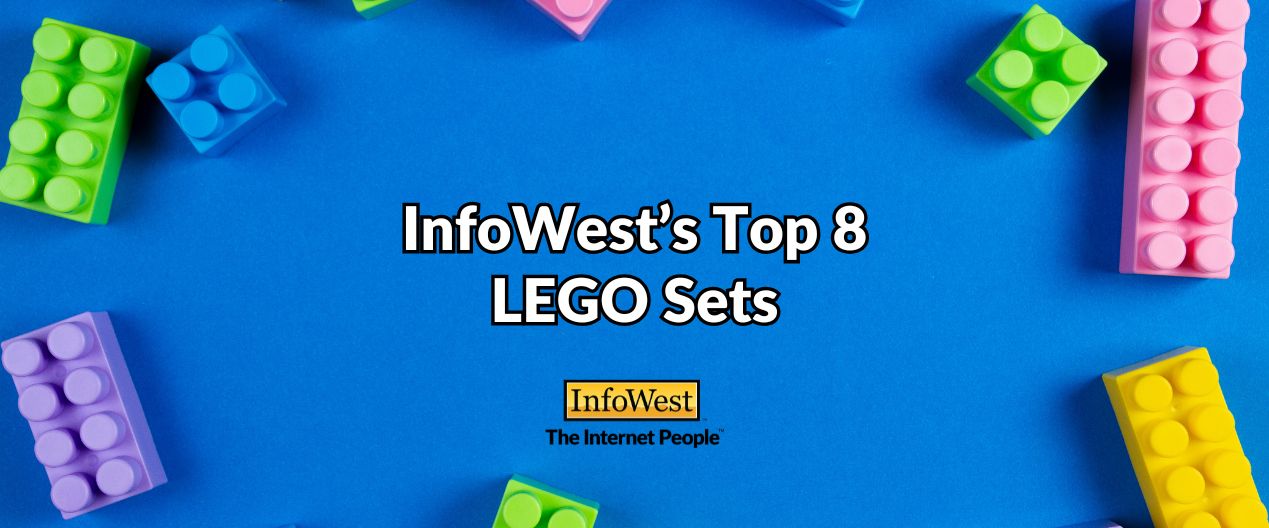Understanding the World of Internet
With technology that is always changing and growing, so is our vocabulary. Many forms of technology are common knowledge like TV, smart phones, and computers. As The Internet People, it’s our job to provide the best experience possible for our customers and make sure they understand the world of the internet.
When it comes to internet, there are basic terms that everyone should know but here are some terms that may need some explaining:
Gigabyte/gigabit (also known as gigs)
A gigabit is like a speed measurement for the internet. It means you can send or receive one billion pieces of information every second. So, having a gigabit internet connection is like having a really fast highway for data, allowing you to download movies, play games, and do other online activities super quickly. It’s like having a speed boost for your internet!
Broadband
Broadband refers to high-speed internet access that is always on and faster than traditional, dial-up access. It allows for the quick and efficient transmission of data. Enabling such as streaming, online gaming, and video conferencing without delays. Broadband typically provides a continuous and reliable internet connection, making it suitable for various online tasks.
Bandwidth
Bandwidth is like the capacity of a pipeline for information. Imagine it as the width of the pipe—the wider the pipe, the more data can flow through it at the same time. In the context of the internet, more bandwidth means that more information (like web pages, videos, or music) can be delivered to your device faster. It’s essentially how much data your internet connection can handle at any given moment.
Ethernet
Ethernet is a way for computers and other devices to talk to each other using cables. It’s like a digital highway that allows information to travel between devices in a network, such as your computer and the internet router. Ethernet helps create a wired connection that’s more reliable and faster than many wireless connections.
Customer Premise Equipment (CPE)
Also, Customer Premise Equipment (CPE) is the technical term for the electronic devices and equipment located on the customer’s premises (home or business) that are used to access and connect to a communication service. In simpler terms, it’s the gear you have at your place, like your Wi-Fi router or cable modem, that lets you use the internet or other communication services.
Fiber to the Home (FTTH)
“Fiber to the Home (FTTH)” is a technology that brings super-fast internet directly to your house using thin strands of glass or plastic, called fiber optics. Instead of traditional copper cables, which can slow down data, fiber optics transmit information using light. FTTH provides incredibly high-speed internet, making activities like streaming, gaming, and video calls smoother and faster. It’s like having a direct express lane for data right into your home.
Over the Top (OTT)
“Over the top,” often abbreviated as OTT, refers to a type of digital content or service that is delivered directly over the internet, bypassing traditional distribution channels like cable or satellite TV. It means accessing movies, TV shows, or other content directly through the internet, typically on streaming platforms like Netflix, Hulu, or YouTube, without the need for a cable or satellite subscription.
Virtual Private Network (VPN)
A Virtual Private Network (VPN) is like a secret tunnel for your internet connection. It helps keep your online activities private and secure by creating a secure, encrypted connection between your device and the internet. This means that when you use a VPN, others can’t easily see what you’re doing online, providing you with more privacy and protection, especially on public Wi-Fi networks.
Software as a Service (Saas)
“Software as a Service (SaaS) is like renting software online instead of buying and installing it on your computer. With SaaS, you access the software through the internet, and it’s maintained and updated by the company providing it. It’s like streaming a movie, but instead, you’re using apps and programs directly from the web without worrying about storage or updates on your device.”
For more help or to learn more, watch this video! | InfoWest Support Videos
You can ALWAYS reach us at (435) 674-0165 for more help or visit infowest.com for more information on the services we offer.



